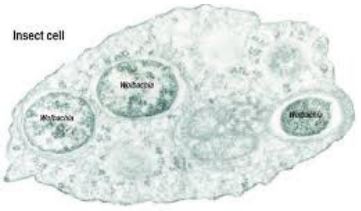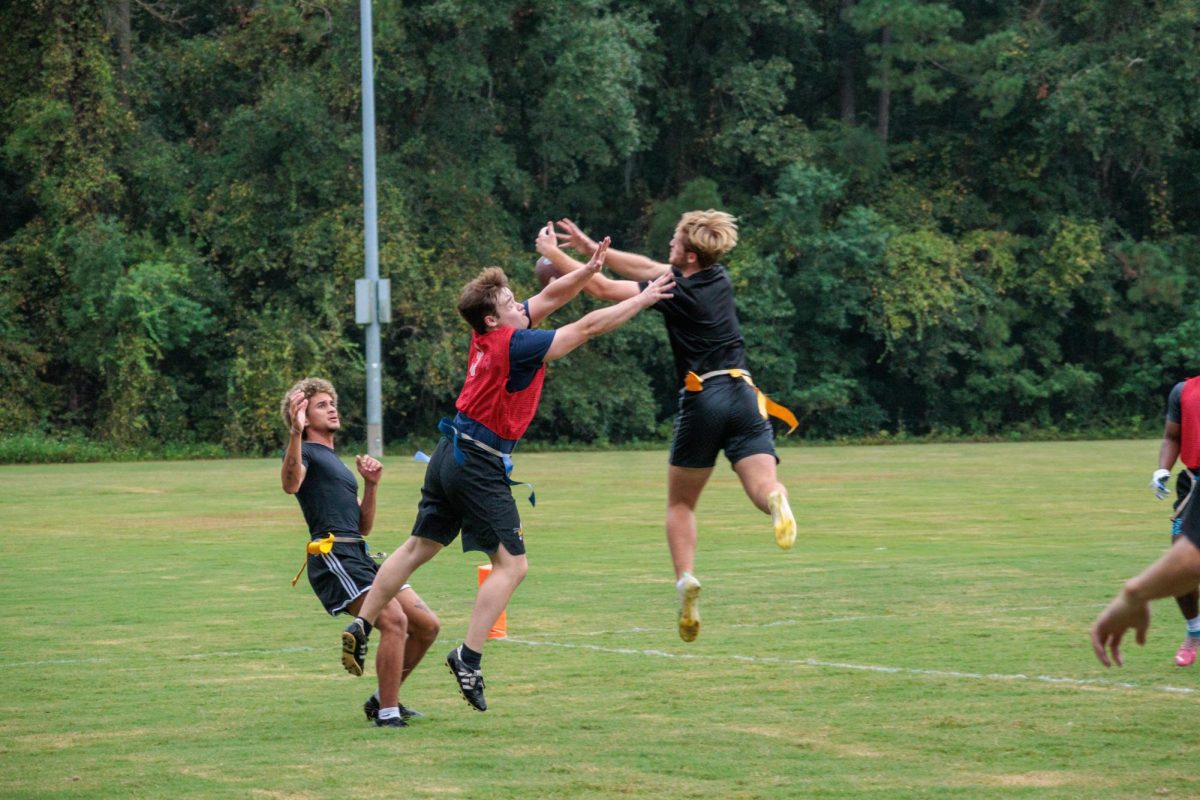
Biology was the topic of consideration at Friday’s Faculty Lecture Series, hosted in the Ogeechee Theatre. A slew of Biology professors such as Doctors Mateer, DeMars and Link-Perez discussed an array of topics affecting the Biology program’s teaching process, such as the new “LEAPS” educational program, as well as the benefits that STEM (Science, Technology, Engineering, Mathematics) courses hold for careers that aren’t necessarily limited to science.
“We took the monthlong [high school] program and expanded it to an entire semester,” DeMars said of the LEAPS program. “Our students are participating in the application and process of science, and are now part of a national endeavor.”
“Laboratories Engaging students in the Application and Process of Science” (LEAPS), is a grant for the new feature of curriculum. Inspired by the Massachusetts based program, “Discover the Microbes Within! The Wolbachia Project,” LEAPS allows high school students to dabble in molecular biology before entering college by working with bacterial endosymbionts like Wolbachia.
The new curriculum’s grant was approved in March 2013 and has since been monitored by pre- and post-course assessments and surveys of both students and professors.
Professor Brofft-Bailey, who also spoke, presented that following the implementation of the Wolbachia project showed an increase in average test scores for Biology 1107, as did comprehension of molecular biology techniques specifically.
DeMars attributes the success of the project to the fact that it allows something other than “cook-book” experimentation, where the student can predict the outcome based on context. The new curriculum tailors itself to each student: the participant collects their own insect, analyzes their insect’s DNA, and comes to a conclusion unique to their specimen that cannot be predicted without use of biotechnology.
Student feedback concerning the modified lab has been generally positive, as exposure to certain concepts and techniques are not typically available to students until later biology courses. Some agreed with the enjoyment and gratitude, but also complained about the workload necessary to completely understand the stages of the project.
The changes made by LEAPS have impacted 2817 students (science and non-science majors), 24 instructors, 3 laboratories and 2 college campuses. Mateer explained that the expansion, depth, and availability of STEM classes for all students provides a foundation for success in future endeavors of many areas.
“STEM majors are the new liberal arts majors,” Mateer said, while acknowledging the controversy behind his argument. “The characteristics employers are seeking, [innovative characteristics], are present in the multidisciplinary goals of the biology department.”
A parent who attended the lecture expressed her concern for the future of the curriculum, wondering after what point the Wolbachia project would be more or less obsolete. Ness and Brofft-Bailey responded that no groundbreaking steps to knowing everything about the Wolbachia genome and its impact on human disease are coming in the immediate future, which allows longevity of the new curriculum.
Despite some slight concerns, the studies and the project itself both point to establishing a better foundation for the Biology major as they outfit students with a better understanding of physical life.





